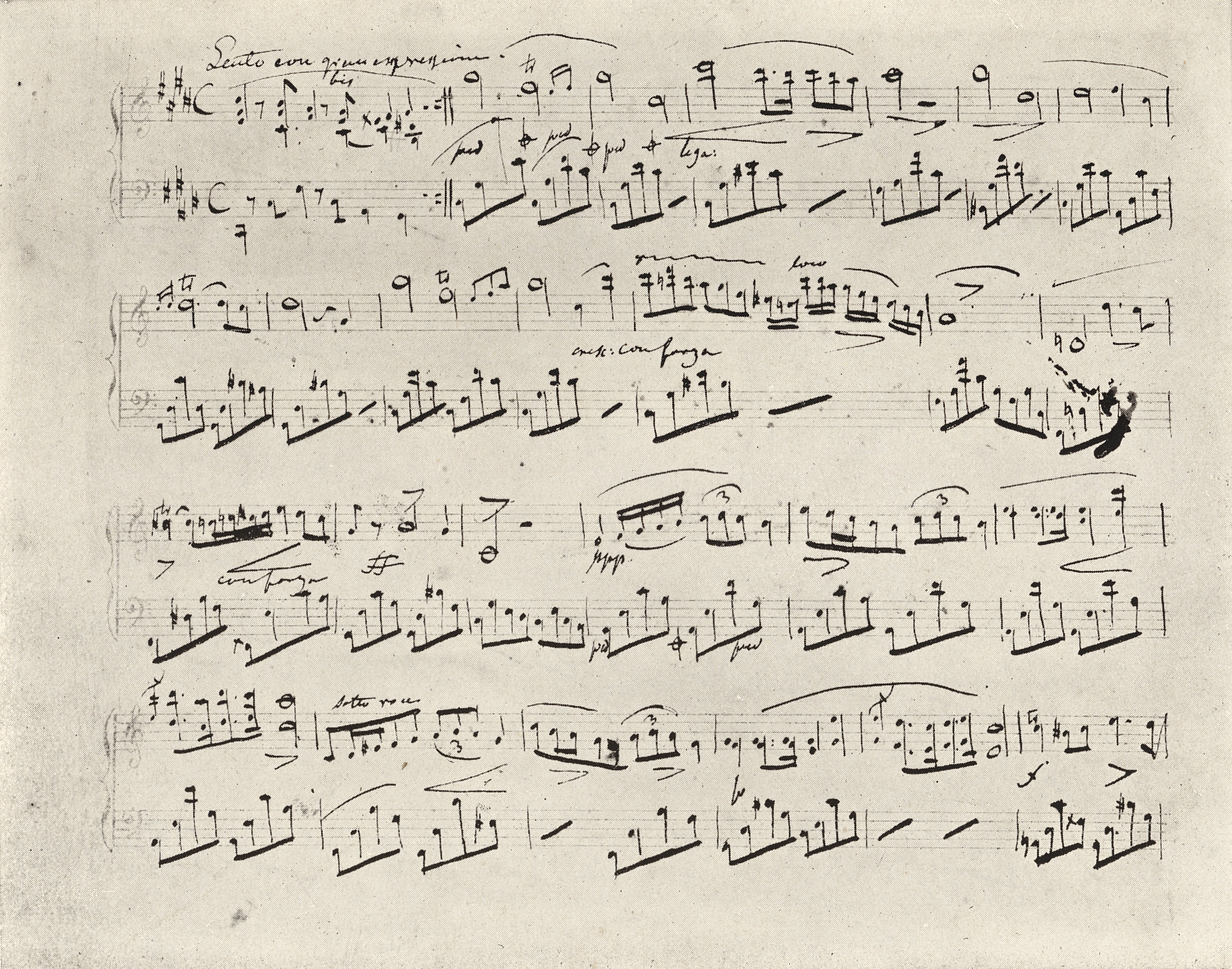



The indications concerning the a1 note at the beginning of the bar raise serious doubts due to the sources based on [A2] being incompatible – CJ and CK. In the main text we give an interpretation of the notation of CJ, in which both visible elements – slur and short  hairpin – can be quite easily and reasonably interpreted as a tenuto mark and a long accent. In turn, in CK the similarly placed yet much smaller elements actually resemble a fermata (this is how they were reproduced in EL), which is completely unjustified in this place.
hairpin – can be quite easily and reasonably interpreted as a tenuto mark and a long accent. In turn, in CK the similarly placed yet much smaller elements actually resemble a fermata (this is how they were reproduced in EL), which is completely unjustified in this place.
Compare the passage in the sources »
category imprint: Graphic ambiguousness; Differences between sources
issues: Long accents, Errors in CK
notation: Articulation, Accents, Hairpins


